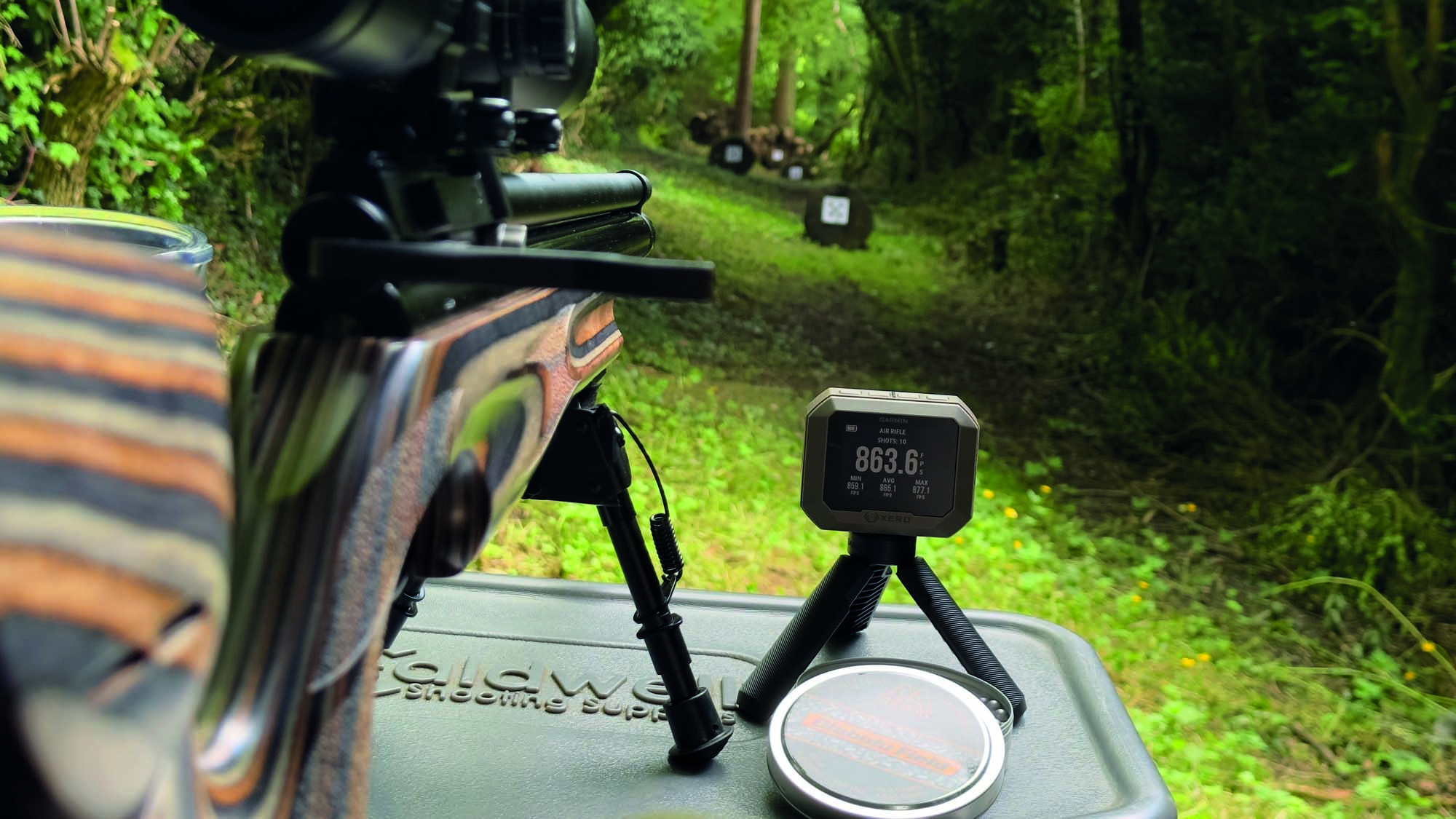Garmin Xero C1 Pro Review: A True Game Changer
- Last updated: 07/07/2025
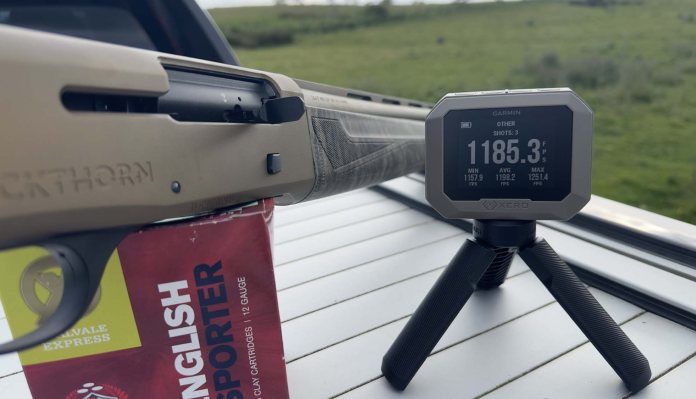
Game-changer isn’t exactly my favourite phrase, endlessly repeated on countless clickbait YouTube videos and pretty much every other social media platform imaginable. However, in the case of the Garmin Xero C1 Pro, it’s entirely accurate. This little device has redefined what you can expect from a chronograph in terms of ease of use, accuracy, and performance.
The unit itself is tiny compared to the LabRadar or the FX True Ballistic Chronograph. The latter retails at £899.99, while the price of the former has been slashed to below £600, no doubt to compete with the Xero. Both have had very positive reviews in the past, but neither can match the jaw-dropping ease of use and simplicity of the Xero.
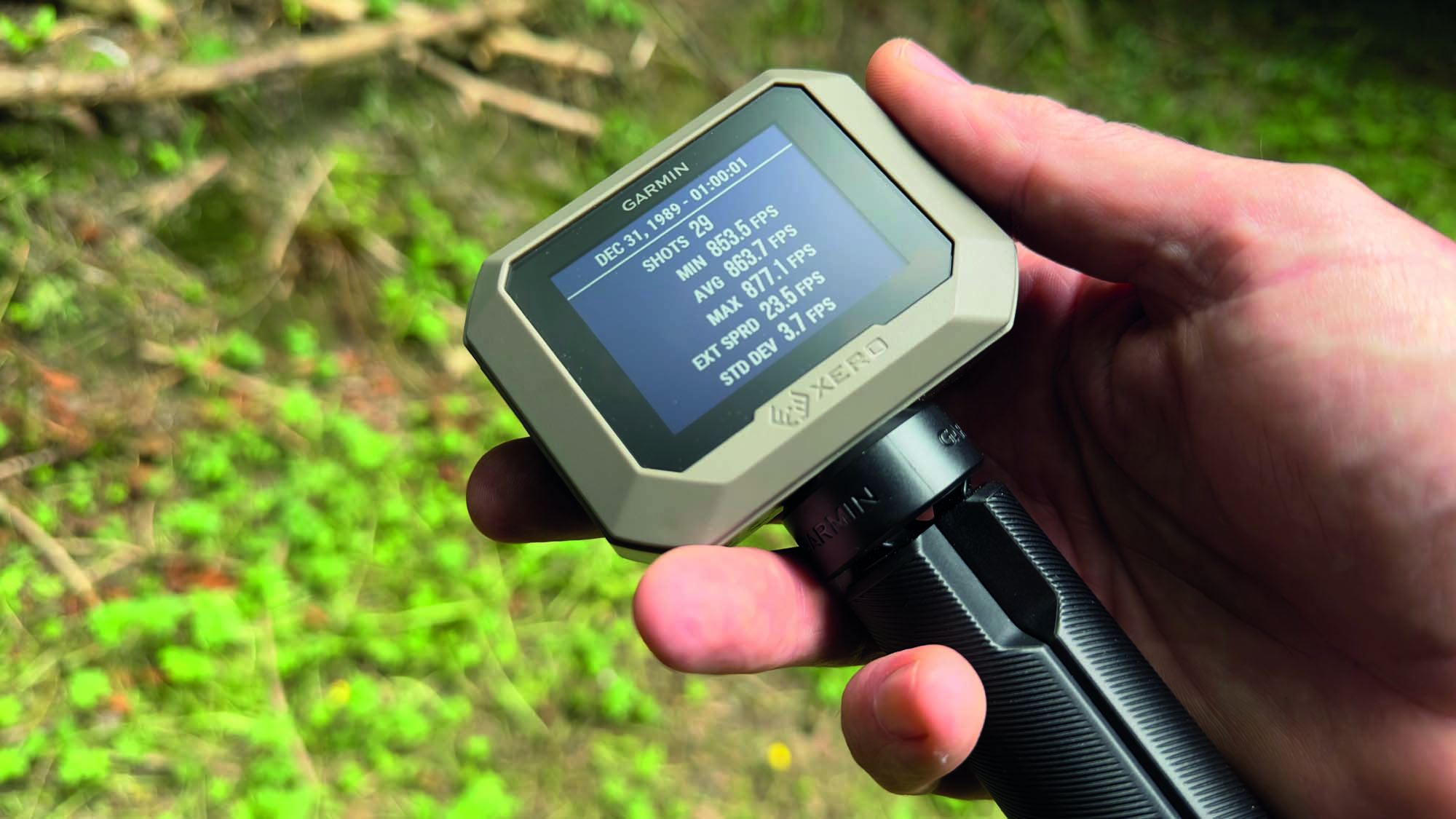
I’ve used the Xero on everything, including air rifles, rimfires, and centrefires. You can basically use it for anything, including shotguns. The results with birdshot can be a little hit and miss, but with larger shot, it works well enough, which isn’t something its competitors can claim.
It’s extremely forgiving. There’s essentially no setup required. You just plonk it down on its little tripod alongside your rifle, turn it on, create a new session for the projectile in question, and it just works. It’s so reliable that you soon forget it’s there, quietly logging every shot and calculating all the ballistic variables you could want.
You can use it entirely via the backlit display or connect it wirelessly to Garmin’s ShotView app, which pings over the results in real-time, and there are plenty of options to tinker with and adjust the incoming data live on your phone. The USB-C connector also provides data transfer as well as power, but it will update wirelessly via the accompanying app.
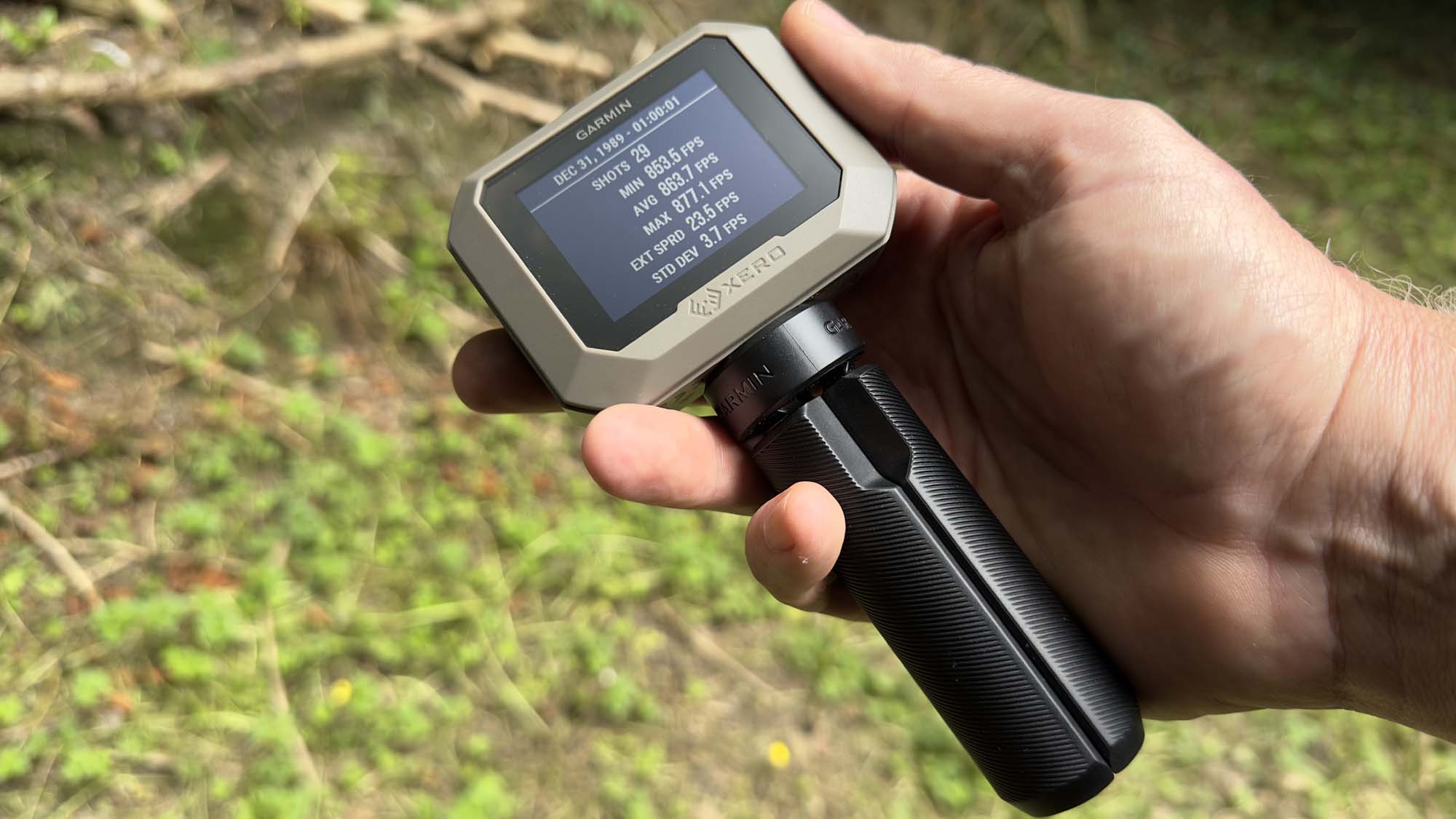
There are some really handy features, including the option to remove anomalous shots from a session. A typical example is a cold-bore shot, which can often skew averages and standard deviation within a string. The Xero has just four buttons along the top for selection and cycling through the various options. It’s child’s play to operate, and even a complete novice could use it in a matter of minutes if not seconds! It powers on and off more or less instantly and delivers roughly six hours of runtime.
The build quality is excellent, both for the device itself and the dinky little tripod that ships with it. The accompanying app is excellent and allows you to edit existing strings and export Excel spreadsheets containing all your data, including kinetic energy, if you choose to add bullet weights to the session.
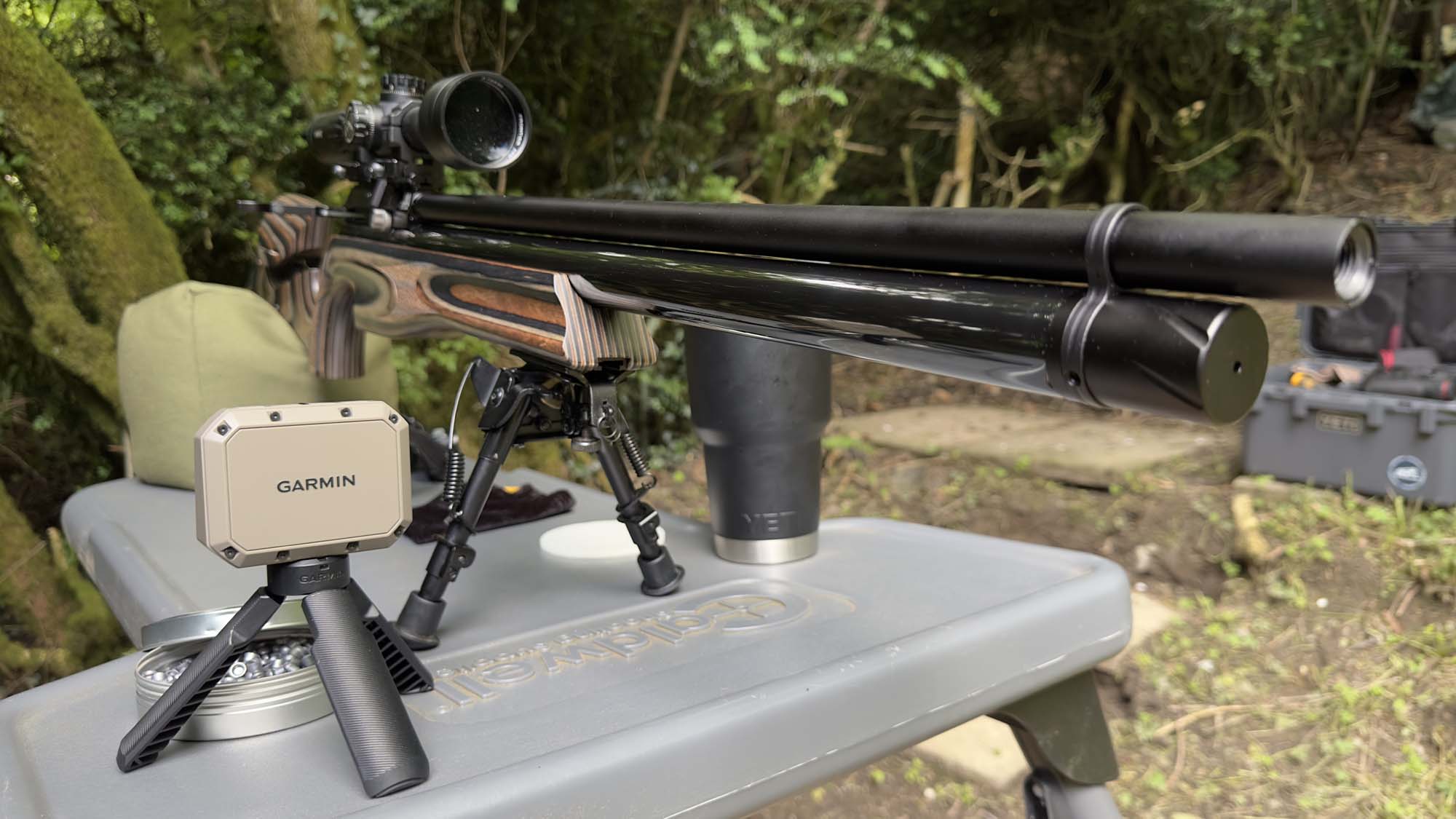
Garmin claims their devices record speeds with precision within 0.1% of their actual value. So, for a projectile travelling at 3,000fps, that translates into a margin of error of just 3fps.
Although I have not had a LabRadar or any other Doppler device to test alongside the Xero, American journalist John B. Snow, writing for OutdoorLife, stated that the Xero produced results that very closely matched those of his LabRadar, which he had previously relied on for data capture in ELR matches and other competitions.
He also stated that Hornady’s ballistic engineering team, using a high-end radar setup to create profiles for their 4DOF ballistic solver, had been using a pre-production Xero alongside their existing system for several months, and reported that the velocity figures were virtually identical.
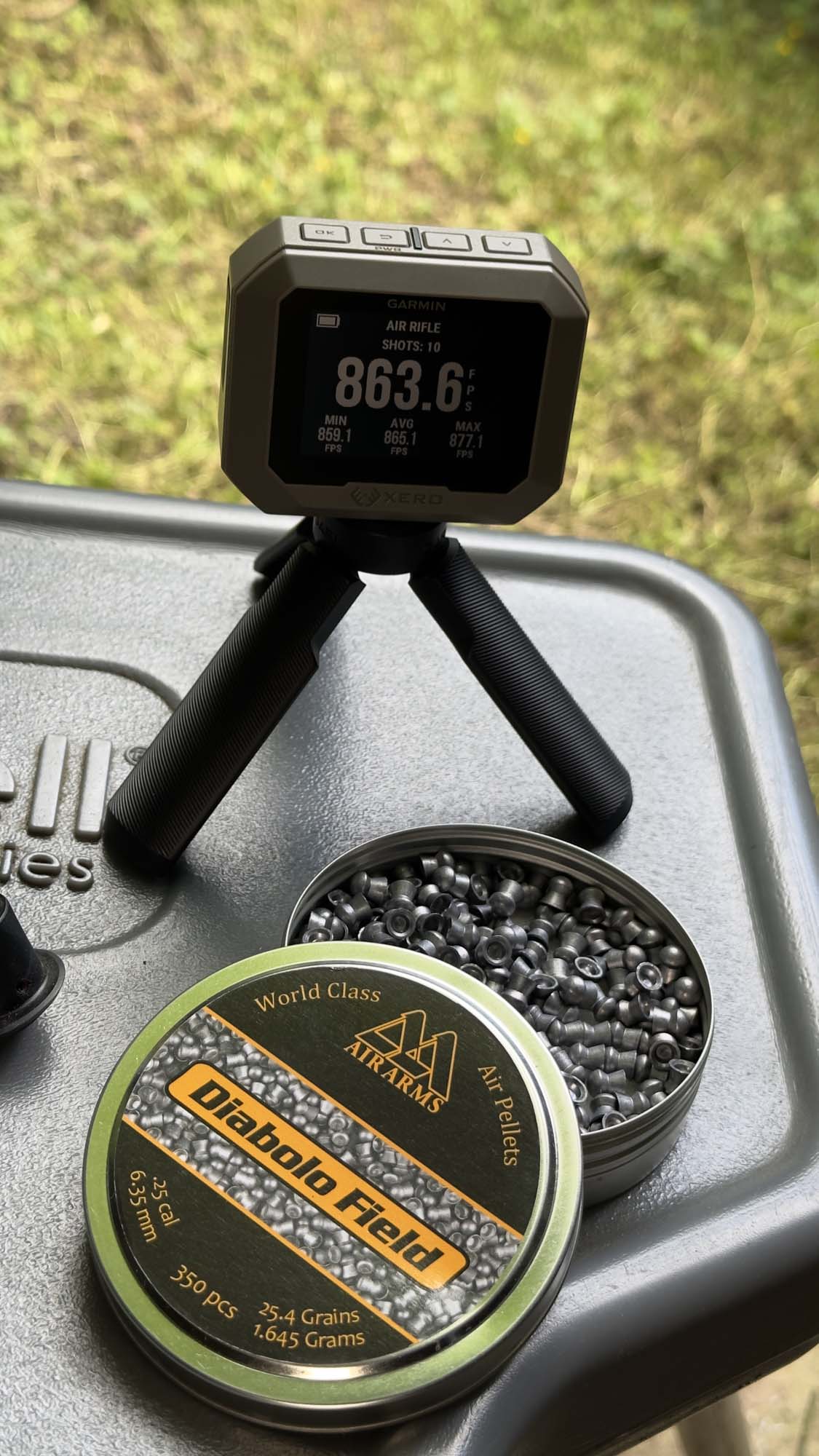
The Doppler effect is most familiar in terms of sound. It’s the change in the frequency of a sound as the source moves relative to an observer. Imagine an ambulance with its siren wailing as it drives by. As it approaches, the sound waves are compressed, making the pitch higher. When it passes, the waves are stretched, making the pitch lower.
This change in pitch is the Doppler effect. The Xero system projects a continuous 24GHz microwave signal downrange. When these microwaves reflect off a moving object, they return to the unit, which measures the frequency shift to calculate the projectile’s speed. Its algorithm then determines the true muzzle velocity.
Obviously, the unit’s primary audience is extreme long-range (ELR) and precision shooting enthusiasts, but the more you use it, the more applications jump out at you. For example, I used it to map the power levels of an S510 Xtra. Air Arms could only supply ballpark figures for the five power levels, somewhere between 7ft/lbs and 44ft/lbs (as it’s an entirely pellet-weight dependent calculation), but with the Xero, I effortlessly created an accurate ballistic profile for each setting.
The same essential info can be gathered for other ‘rainbow’ calibres such as .22LR, so it’s not a long-range-only device. It also has serious applications for truing the growing band of scopes that include ballistic calculators, such as the X-Sight 4/5, HikMicro Alpex, various Pard models, Burris Veracity and Eliminator, and of course the Swarovski dS, not to mention all those traditional dialers that require super-accurate data to operate at their best.
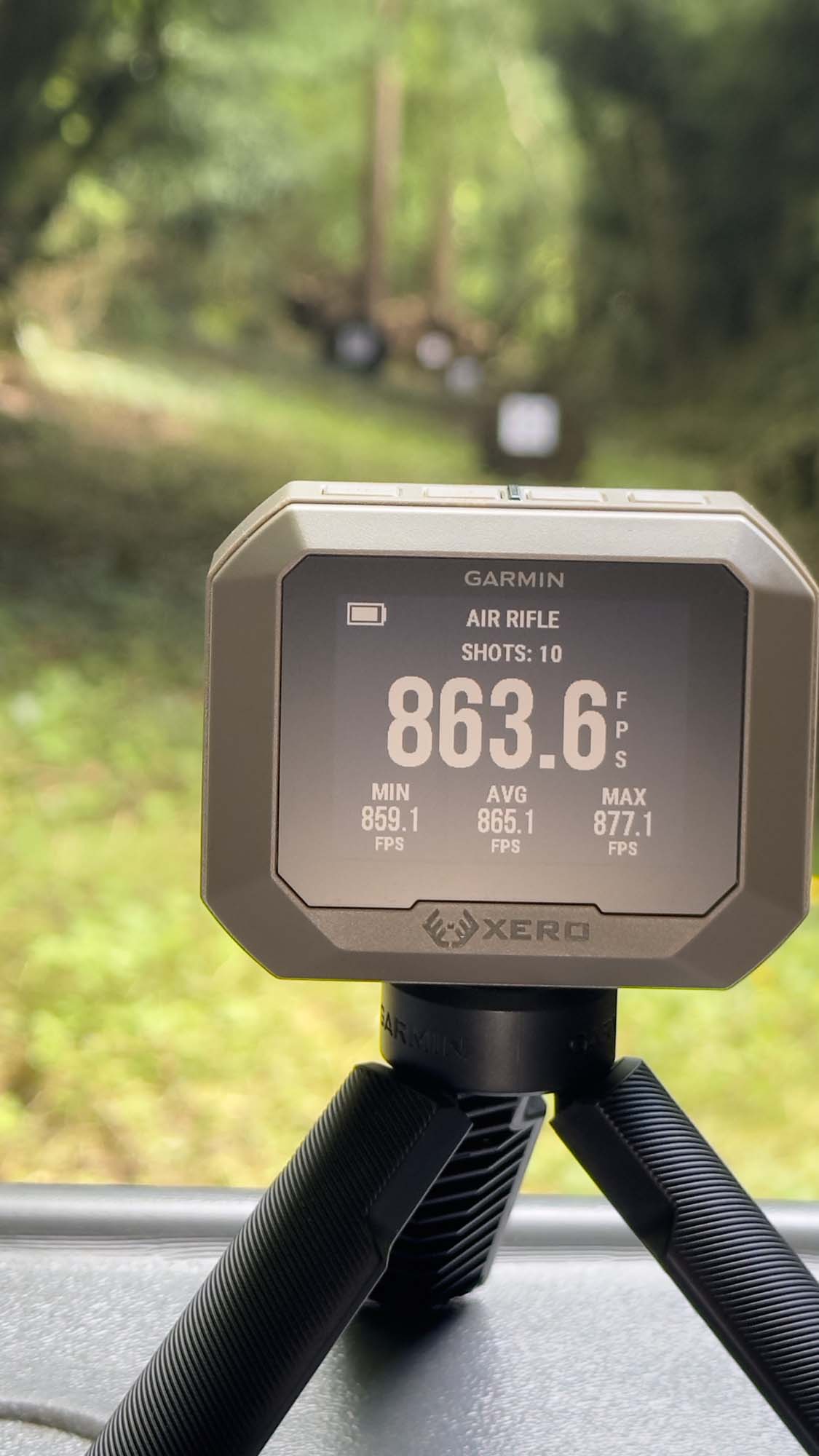
Basically, the Xero has made old-style chronographs completely obsolete and even makes its Doppler-powered competitors look clumsy and archaic. It’s a slightly niche product, admittedly, but it’s nevertheless one of the most impressive products I’ve seen in a very long time in terms of design, functionality, and performance. It is very highly recommended.
